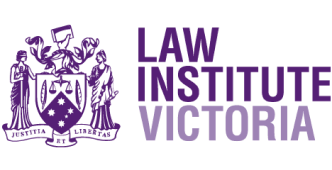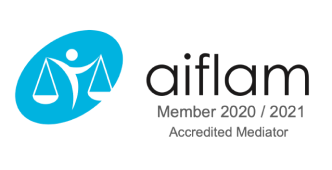If you feel overwhelmed by the thought of navigating the family law system in Australia, you’re not alone. But recent draft changes released by Attorney-General Mark Dreyfus are here to help make things easier for families like yours.
Why did we need a change?
The family law system has been criticised for a while now for being too slow and complicated, which often leaves families in a state of uncertainty and stress for extended periods.
The latest family law shake-up reform is designed to address some of the critical issues faced by families in the legal system, including the length of time it takes for cases to be resolved and the high costs involved in the process.
What’s changing?
The family law shake-up reform includes a range of changes aimed at improving the legal process for families, including:
- a proposed new family court system to handle all family law cases in Australia
- a new, simplified six “best-interest factors” covering safety, developmental needs and your child’s preference to decide how parents split care
- the removal of the presumption of “equal shared parental responsibility”, as it is often misunderstood to mean equal care rather than equal consultation in long-term decisions
- a new alternative dispute resolution (ADR) system to resolve disputes without going to Court, available to all families regardless of their financial circumstances
- new measures to make the process faster, including using technology to streamline the legal process
- an increase in funding for family law services and support, so families can get the help they need.
What does this mean for you?
This proposed family law reform has the potential to make a big difference in the lives of families and the legal system as a whole. Here’s what could happen.
- Cases will be resolved faster, reducing family stress and uncertainty.
- The new best interest factors simplify negotiating custody arrangements and ensure your child’s needs are at the centre of every decision.
- The cost of resolving legal issues will be lower since the new ADR system is an alternative to the traditional court system.
- Families will have more access to support and resources, which will help them get the best outcome possible.
When will the changes happen?
While these changes are welcome, it is still very early in the process. They will take time to implement and will require careful management. The government and relevant stakeholders need to work together to ensure that the reforms meet your needs and those of other families and children. If the draft amendments become law, there will be a 6-month lead time before most of the changes come into effect.
It’s also important to recognise that these reforms won’t solve all the problems associated with separation and divorce. But they are a positive step in the right direction to provide you with the support and services you need to navigate this difficult time.
What can I do in the meantime?
At The Separation Guide, we already believe that a mediation-first approach and Court as a last resort is the best way to make all aspects of separation and divorce simpler, more manageable, and less stressful. We strongly believe that changes to family law in Australia are long overdue, and we welcome these draft reforms.
All the professionals in our Network have signed our ethical charter, have a de-escalation mindset and see Court as a last resort. Working with our compassionate mediators and lawyers can help ease the emotional and stressful process of separating your family.
Please get in touch if you want to find the right professionals to help you.
For a more in-depth understanding of the proposed reforms, check out these FAQs from the Attourney-Gerneral department.
The Separation Guide aims to make separation and divorce simpler, more manageable and less stressful. To learn more about how one of our Network Members could support your separation, take our free three-minute Q&A.
Disclaimer
The information in our resources is general only. Consider getting in touch with a professional adviser if you need legal, financial or well-being support.















